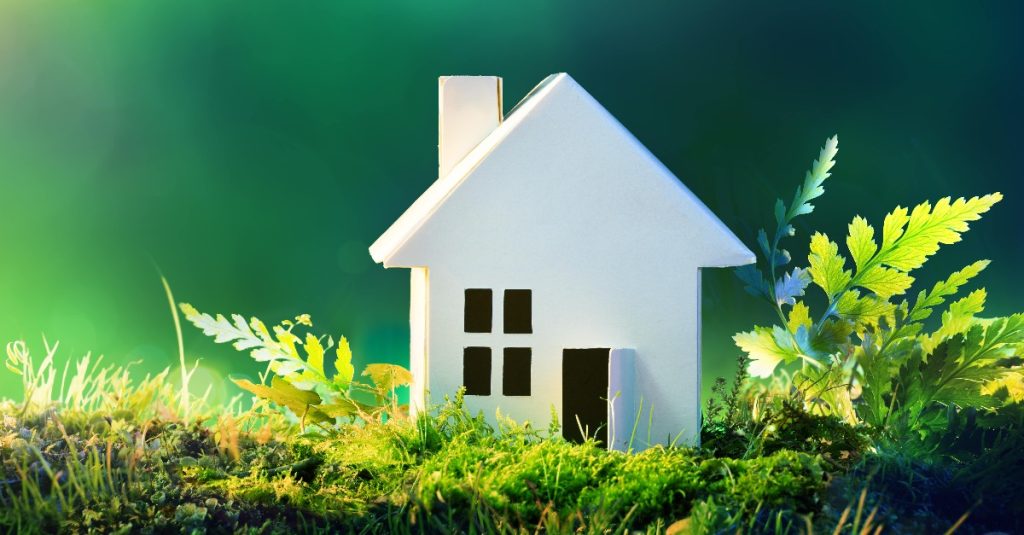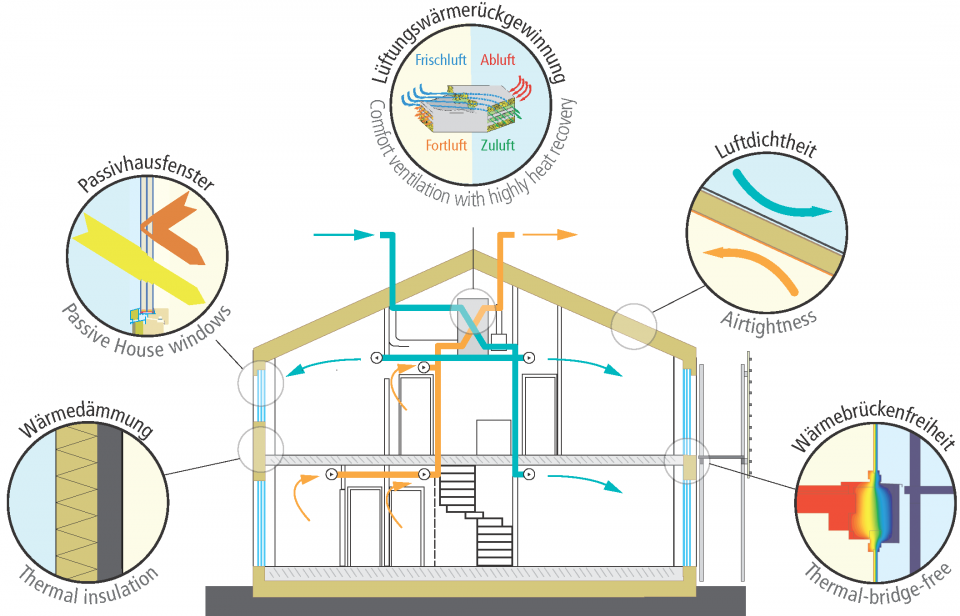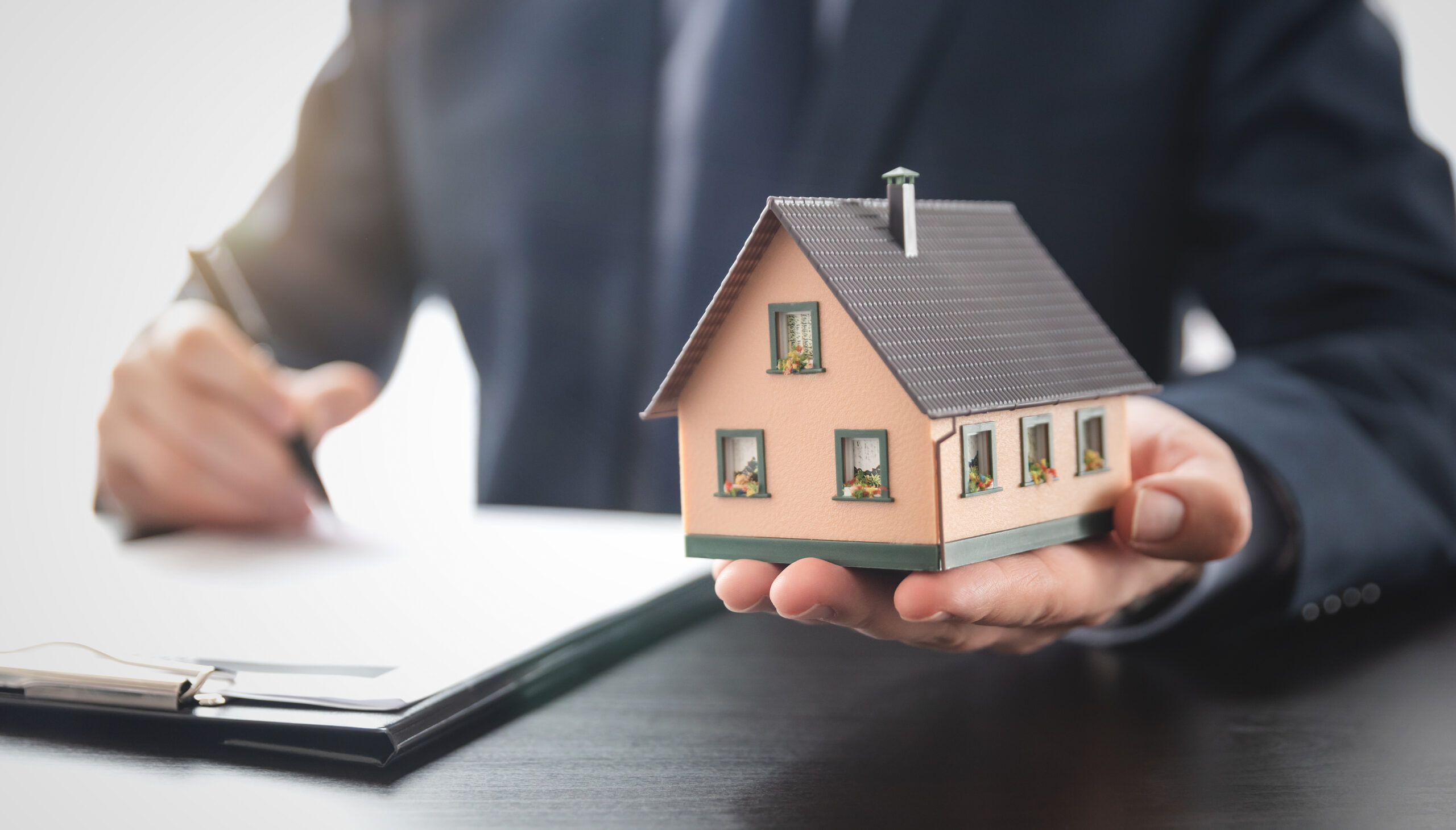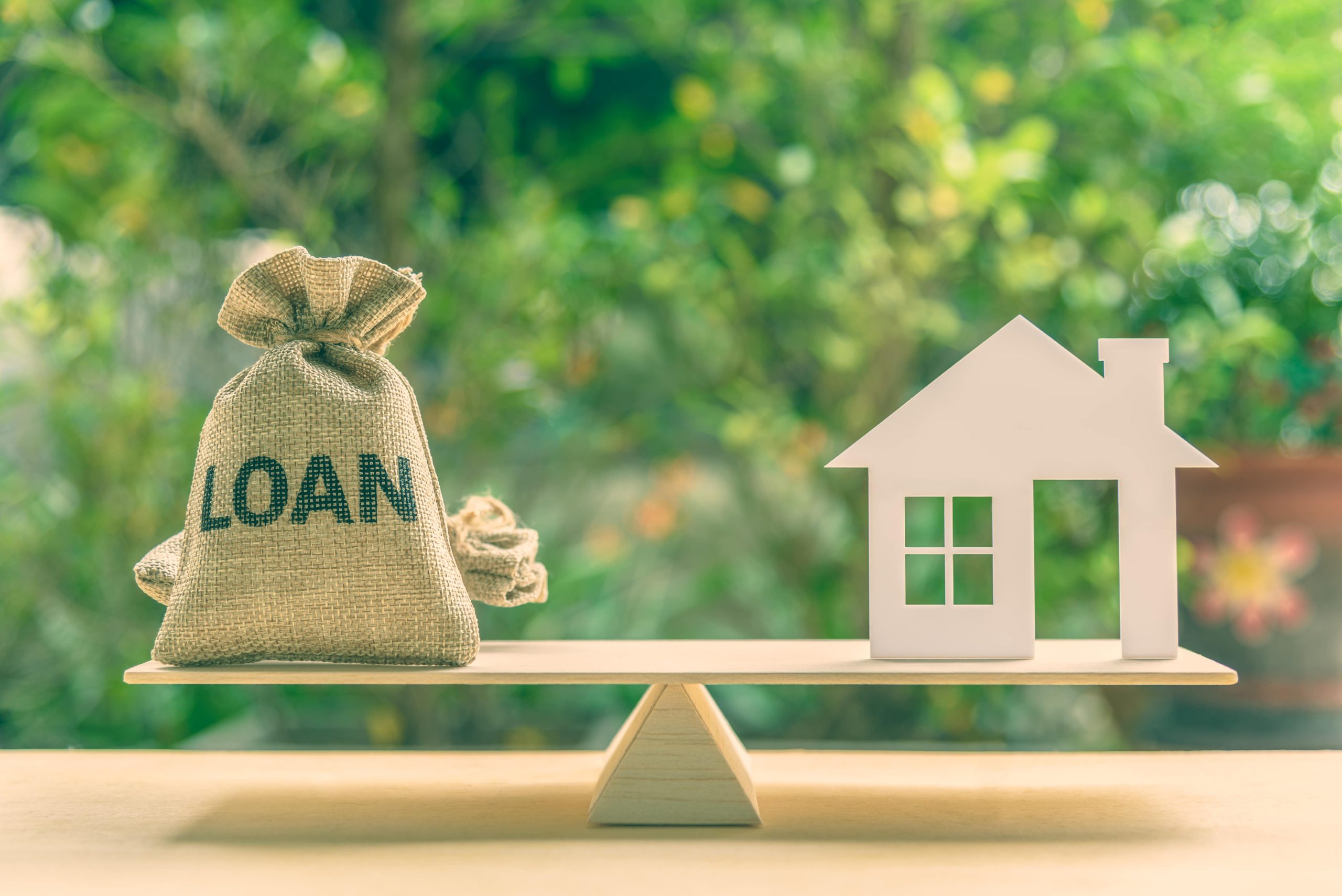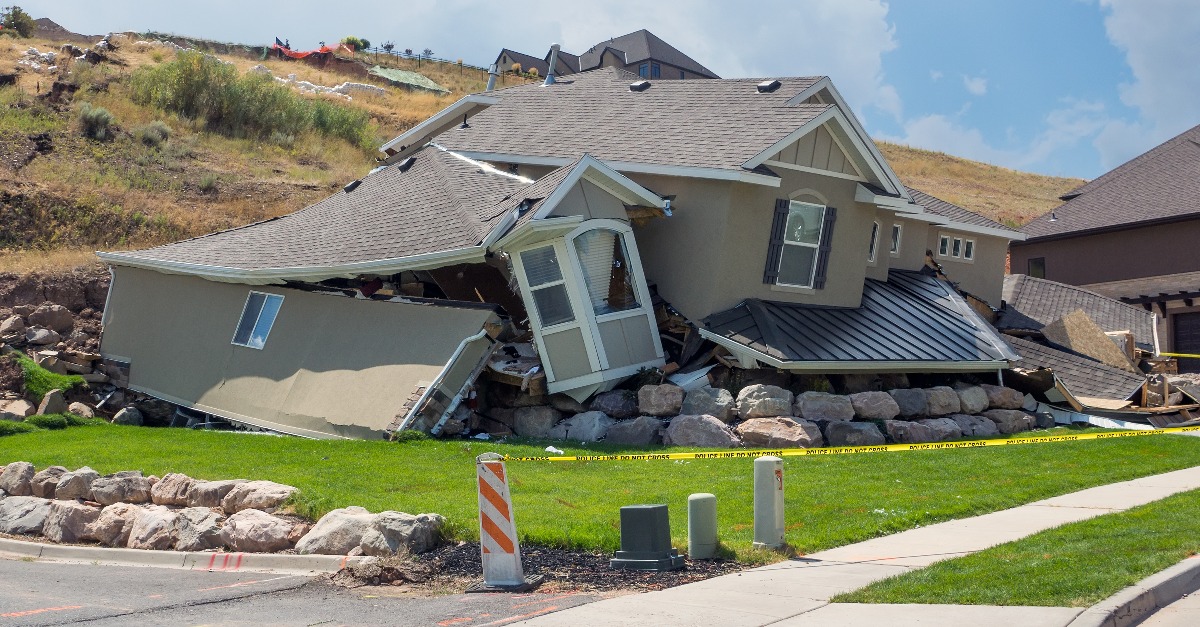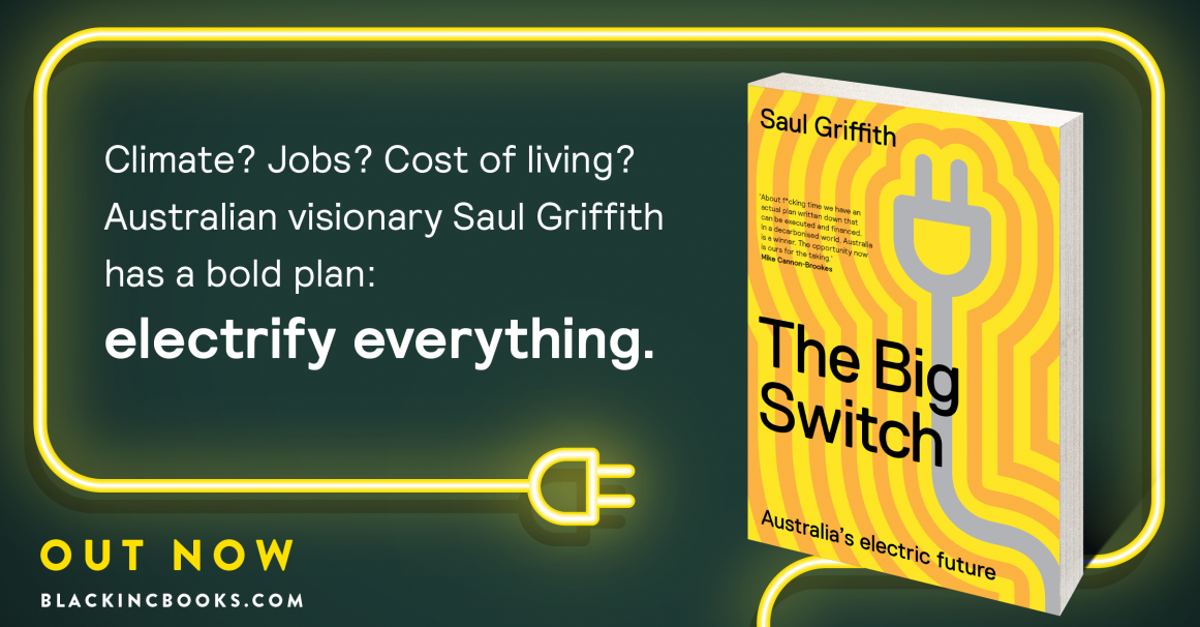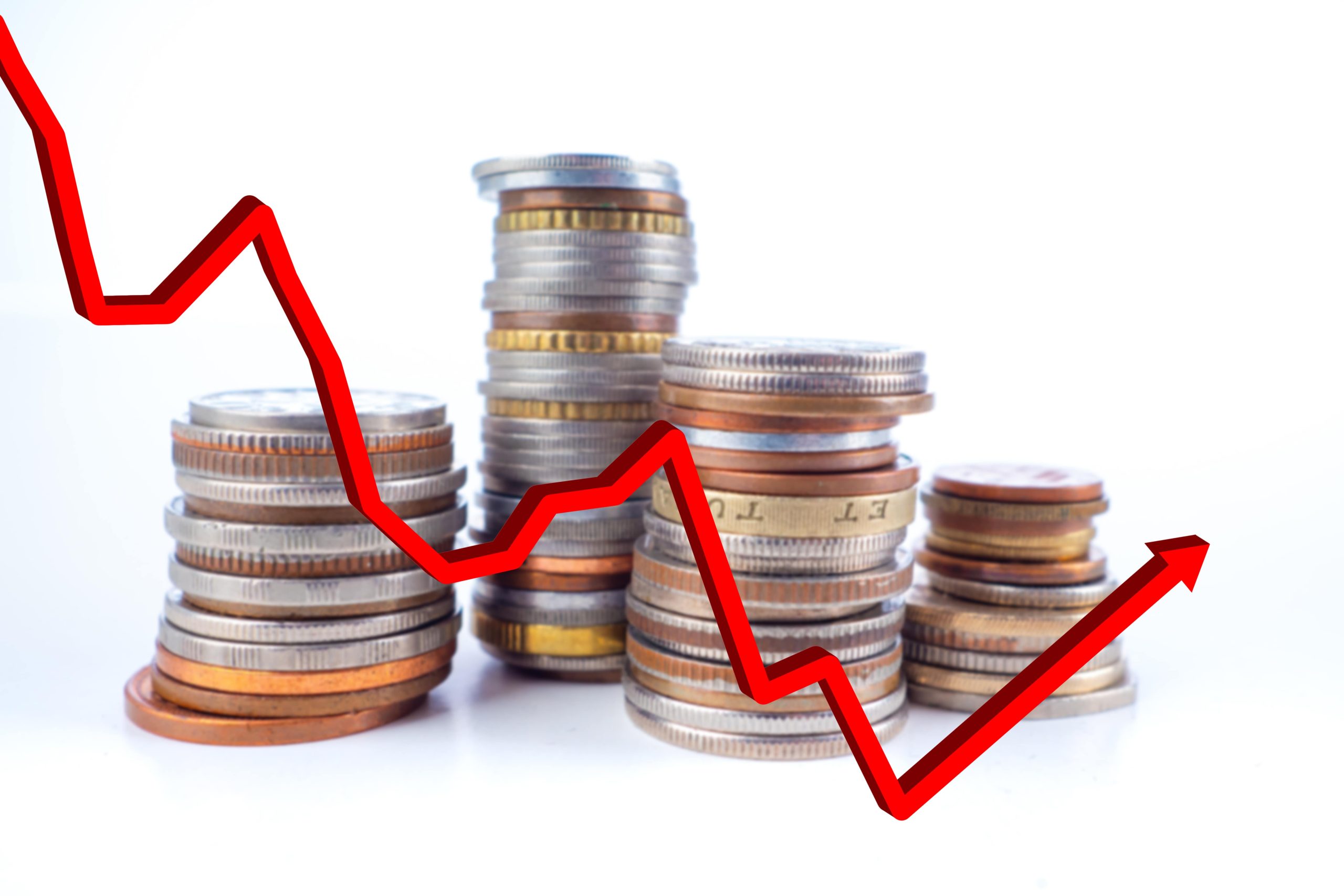Climate change is the most significant challenge humans will face in the 21st century. Part of the solution is to make our homes and workplaces more energy-efficient. Tim Stafford, head of research at WBP Group, looks at why we need to make our buildings more sustainable and how we can achieve it.
Promises have been made. Now, it’s time for action!
As the 26th UN Climate Change Conference (COP 26 Glasgow) draws to an end and world leaders return to their respective countries, it’s time to get on with the business of reducing global greenhouse emissions.
Before COP 26, the Intergovernmental Panel on Climate Change (IPCC), the UN’s scientific body, released its Sixth Assessment Report (AR6). In this report, they stated that “it is unequivocal that human influence has warmed the atmosphere, ocean and land.”
Scientists have been telling us for years that as the earth continues to warm, Australia will see an increase in both the frequency and intensity of bushfires and droughts. And, as sea levels rise, we will see a dramatic change to our continent as our coastline disappears.
To avoid the worst impacts of climate change, we need to make deep cuts to greenhouse emissions, especially those originating from the buildings where we live and work.
A 2014 IPCC report (AR5) found that in 2010, buildings accounted for 19% of energy-related greenhouse gas emissions (energy needed for daily operation) and approximately one-third of black carbon emissions (emissions from transportation and industrial production created during the construction process).”
Speaking on ABC Radio’s RN Drive Program in June 2015, Professor Adrian Barnett from the Queensland University of Technology explained why Australian homes are nothing more than “glorified tents” due to their inability to keep out the cold.
Professor Barnett’s comment was in response to an article published in July 2015 in the Australian Medical Journal, The Lancet, which showed more people die from the cold in Australia than in Sweden. He believes this is almost entirely due to the way we build our homes.
The outdoor air temperature in Sweden can be as low as –5 degrees, but the Swedes enjoy a constant 21 degrees inside. While in Australia, it could be 14 degrees outside, but the indoor temperature in many Australian homes may be as low as 16 degrees. And it’s the indoor temperate which is critical. When you constantly expose yourself to temperatures below 18 degrees, you significantly increase the risk of cardio and respiratory issues.
Swedish homes are super-insulated to ensure the inhabitants stay warm. While in Australia, our construction code requires only a minimal level of insulation. Another huge problem for Australian homes is they are poorly sealed, especially around doors and windows.
If you have not adequately insulated and sealed your home, the warmth you create by running your heater leaks out and gets replaced by the cold air from outside. So once you turn your heater off, you end up with a cold and draughty house. It’s impossible to maintain a constant and comfortable indoor temperature without consistently running your heater.
Australia has been a laggard for climate change policies, and the Australian National Construction Code (NCC) is a classic example. We waste a considerable amount of electricity running the heating and cooling systems in our homes and workplaces because of the mediocre building codes we’ve adopted. And because a significant portion of Australia’s electricity comes from coal-fired power plants, our carbon emissions continue to rise.
The Climate Council are an Australian not for profit organisation that includes some of the country’s leading climate scientists, health, renewable energy and policy experts. They have noted that “our homes contribute more than 10% of Australia’s greenhouse gas emissions and energy efficiency is widely recognised as one of the easiest, cheapest and fastest ways to reduce such emissions. Energy efficiency measures assist in reducing demand, which lowers prices for all and reduces the risk of blackouts at peak times, such as during heatwaves.”
How can we combat this problem? Passive House is a tried and tested design methodology that has been around for years. If we are serious about tackling climate change, here is a good solution.
In 2014, the IPCC’s Fifth Assessment Report (AR5) specifically highlighted Passive House as a design methodology “that can contribute to meeting ambitious climate targets at socially acceptable costs, or often at net benefits.” The report also noted that “there are over 57,000 buildings meeting Passive House standard and ‘nearly zero energy’ new construction has become the law in the 27 Member States of the European Union.”
So what is Passive House? According to Wikipedia, Passive House (German – Passivhaus) is a voluntary standard for energy-efficiency in a building, which reduces the building’s ecological footprint. It results in ultra-low energy buildings that require little energy for space heating or cooling.
By adopting these principles when you build a new house, you can expect energy savings of up to 90% compared with typical existing buildings, and over 75% compared with average new best-practice constructions according to the Australian Passive House Association.
While the Australian government struggles to get out of first gear on climate policy, the EU continues to pass laws that require all new homes to meet the highest energy-efficient standards. Luckily, the Australian Building Codes Board (ABCB) is currently reviewing the National Construction Code (NCC), something it does every three years with the new code due to be released in 2022.
It’s unlikely that the ABCB will make Passive House the new design standard. However, the new NCC must include guidelines that significantly improve the efficiency of the homes we build in the future. Buildings constructed today should still be standing by the end of this century, so if we don’t act immediately, we lock in greenhouse emissions for decades to come.
The IPCC’s research has shown that building codes and appliance standards with strong energy efficiency requirements that are well enforced, tightened over time, and made appropriate to local climate and other conditions have been among the most environmentally and cost-effective.
Over the last five years, we’ve built more than 100,000 homes annually, and there is no reason to expect that this trend won’t continue. That means, by the time we get to 2030, Australians will have built an additional 800,000 homes. Do we want to keep building glorified tents, or do we want to take climate change seriously?
Author Tim Stafford is Senior Valuer and Head of Research at WBP Group. For the last 18 years, he has specialised in the mortgage valuation sector.
If you’re interested in improving the quality of service you extend to your clients, follow WBP Group on LinkedIn to get more helpful valuation insights.

